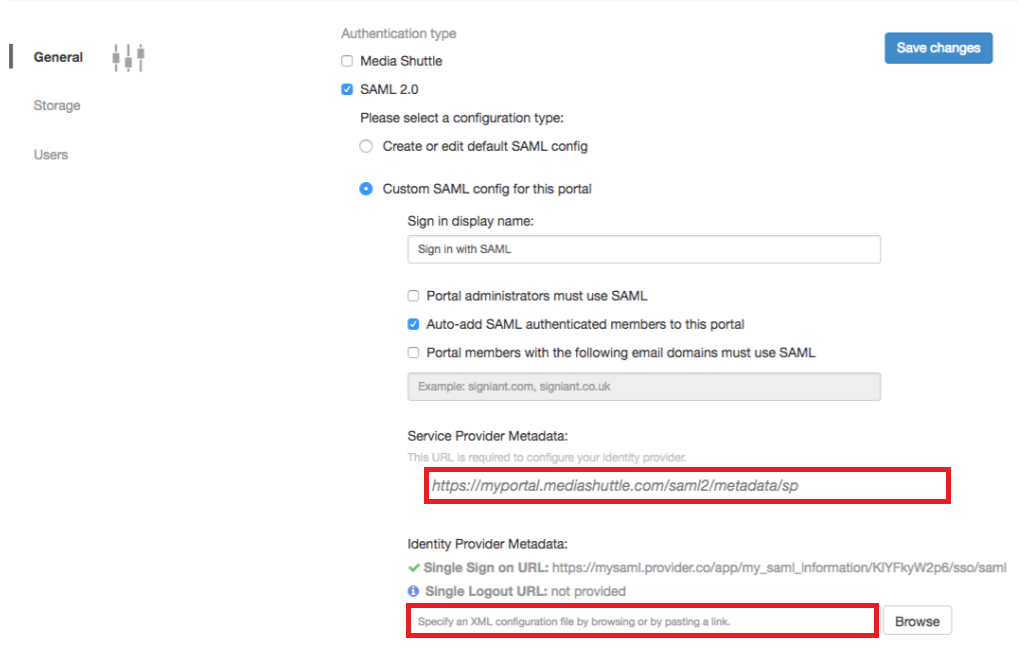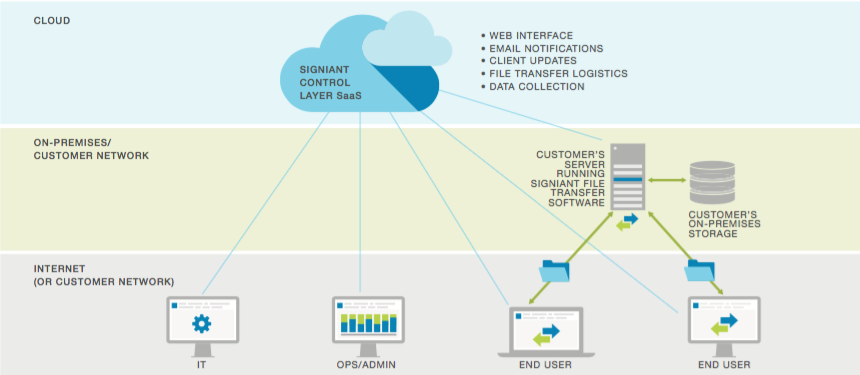

What made this technological advancement possible was the coordination of multiple organisations.

When Peter Schneck, CEO of Trapeze Switzerland, heard local customers’ interest in autonomous technology, he saw the potential for it to be a supplement for public transport. Incorporating autonomous vehicles into regular transport service is a significant undertaking. I was able to ride the shuttle, talk to the staff and gather an idea on what is next for public transport and autonomous vehicles. I arrived in mid-July 2018 to see how the service, the first of its kind integrated into mixed traffic, came about. Keen to personally see the shuttle in full operation, and to see the end results of Trapeze Switzerland’s efforts with the local transit authority, I found myself on my way to Switzerland. Passengers can now take the autonomous shuttle on Route 12 to the Rhine Falls, the largest waterfall (by volume) in Europe, which receives 1.5 million visitors annually.

Much has been made of recent tests of these vehicles in places like Las Vegas, but beginning in 2018, a small town in Switzerland appears to have beaten the rest of the world in the race to integrate an autonomous shuttle into their regular public transportation system.ĬNN News reported 1 that the town of Neuhausen Rheinfall, Switzerland started operating a Navya autonomous shuttle in March 2018 on their regular service route. One of the most promising developments in the public transportation sector is the use of driverless or autonomous shuttle buses.


 0 kommentar(er)
0 kommentar(er)
